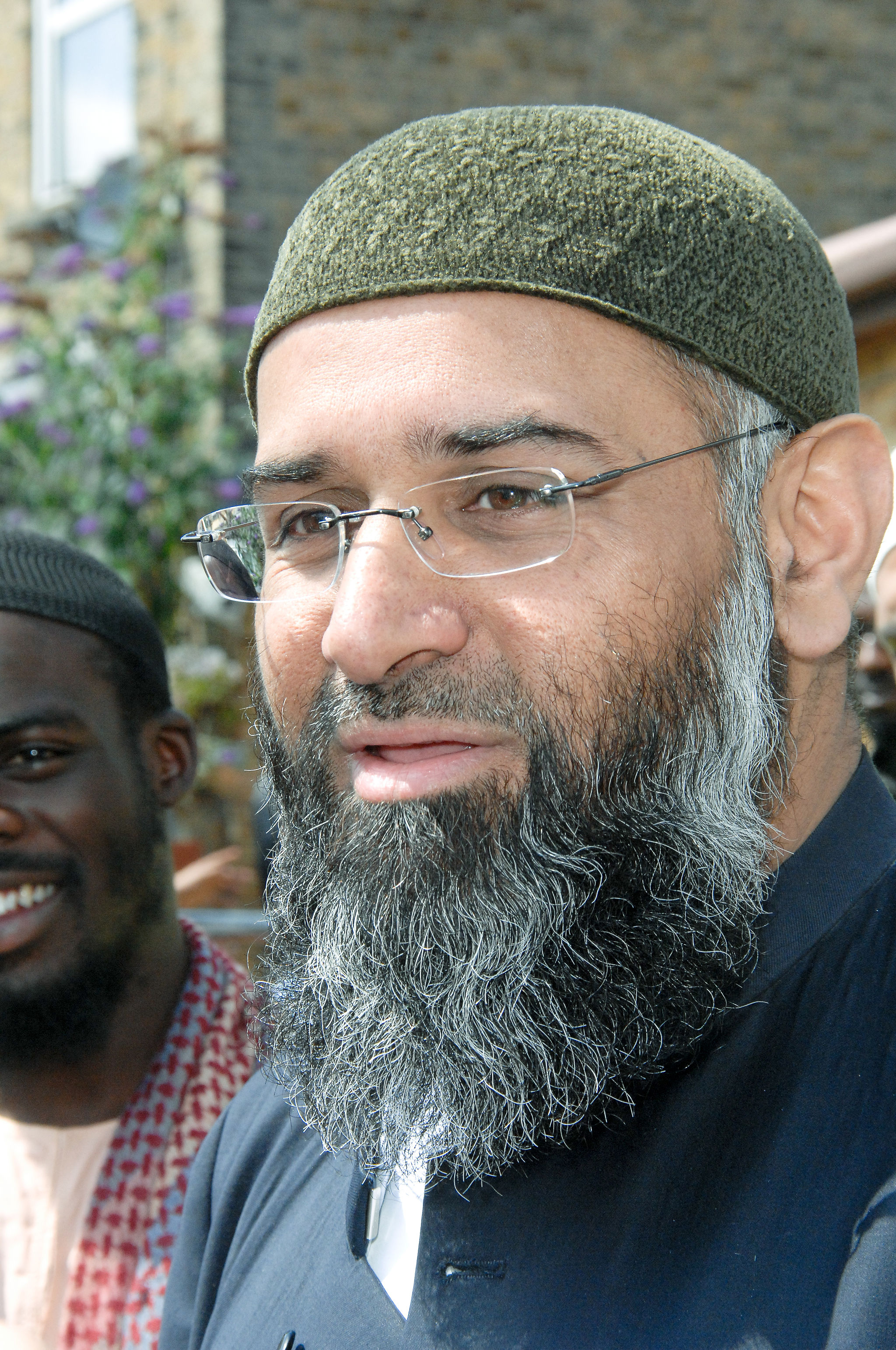Guest post by Michael Kenney.
The upcoming prison release of Britain’s most famous “hate preacher,” Anjem Choudary, has rekindled fears that his activist network—al-Muhajiroun—will soon reappear and may lead to violent attacks or the emergence of a terrorist “supergroup.” Underlying these fears is the widely accepted notion that the group is a “gateway” or “conveyor belt” to political violence.
Although a number of network activists have been implicated in political violence, the so-called conveyor belt assumption is faulty. I reached this conclusion by way of five years of ethnographic field work on al-Muhajiroun (Arabic for ‘the Emigrants’). During these years, I interviewed dozens of network activists and former activists, and spent hundreds of hours watching them preach and protest on the streets of London and listening to their private lectures.
The conveyor belt suggests that most people who participate in al-Muhajiroun will escalate to political violence, but this is not the case. In my forthcoming book, The Islamic State in Britain, I show that many people who are exposed to al-Muhajiroun’s message do not join, and most people who join do not escalate to violence. Participation in this controversial network, which specializes in high-risk activism, is neither necessary nor sufficient for mobilization to violence.
Connections to Violence
Since 1996 al-Muhajiroun activists have sought to establish the Islamic caliphate in Britain by calling society to their narrow, highly politicized interpretation of Islam and protesting British and American foreign policy throughout the Muslim world. They have consistently drawn public attention to their message by staging provocative protests designed to capture media coverage, such as burning a replica of the American flag and shouting “burn, burn USA” on the tenth anniversary of the 9/11 attacks.
While most al-Muhajiroun activists follow a “covenant of security” in Britain, which prevents them from engaging in violent attacks against their fellow citizens, over the years a number of supporters have engaged in political violence. Omar Sharif, Michael Adebolajo and Khuram Butt carried out attacks within and outside Britain that killed numerous people and wounded many more. Other activists, like Siddhartha Dhar and Abu Rahin Aziz, “made hijrah”—or emigrated overseas—to join the Islamic State of Iraq and Syria (ISIS) and other jihadist groups.
Among the forty-eight al-Muhajiroun activists I interviewed between 2010 and 2015, nine (19%) were later involved in terrorist plots in the United Kingdom or left the country to fight for ISIS. In other words, nearly one in five of my activist respondents were later implicated in political violence. These numbers are disturbing, but they do not prove that al-Muhajiroun is a conveyor belt that leads to terrorism.
There are two reasons for this. First, activists who escalated to political violence were exposed to many influences besides al-Muhajiroun. How can we separate the network’s impact on their mobilization from these other factors? The short answer is we can’t. The sample of violent activists is too small—and the causes of terrorism too numerous and complex—to control for any single influence, even one that appears in multiple examples.
Second, even the most egregious cases do not confirm the conveyor belt analogy because so few activists who stepped on the belt actually carried out violent attacks. Many commentators who write about the activist network focus exclusively on the relatively few (but still too many) examples that ended in violence. Since the network’s creation, thousands of people have been exposed to its message. The vast majority of these people did not become involved in al-Muhajiroun—and far fewer escalated to violence.
Countless Muslims and non-Muslims who encounter network activists in Britain are simply not interested in what they have to say. I saw this again and again during my field work, each time I visited one of the group’s da‘wah stalls and larger “Islamic roadshows.” Whether in Hounslow or Stratford, Islington or Lewisham, activists struggled to get people to take one of their leaflets, let alone stop and engage them in any meaningful way. At a typical stall, activists spent more time talking with each other than indoctrinating passersby.
Of the forty-eight activists I interviewed in al-Muhajiroun, at least seven—representing 15% of my activist sample—later left the network without escalating to political violence. The real number is likely higher because I do not know what happened to eighteen respondents who were active in the network when I interviewed them. I also interviewed seven respondents who left al-Muhajiroun before my field work began. All fourteen of these former activists not only stepped on the conveyor belt, they rode it for a while, radicalizing into the network’s ideology. But they all eventually left—without mobilizing to violence. This contradicts the conveyor belt’s deterministic logic, according to which many of them should have radicalized into violence.
Dealing with al-Muhajiroun and the Larger Threat
As Britain braces for the return of Anjem Choudary and other al-Muhajiroun activists following their prison release, we should remember that not everyone who is exposed to their message becomes an activist, and not everyone who becomes an activist turns to violence.
This does not mean that al-Muhajiroun no longer presents a challenge to British security. It does. The trick for security officials is to focus their limited resources on genuine security threats, without creating a climate that pushes activists towards violence because they believe they can no longer practice their admittedly extreme interpretation of the religion peacefully in Britain.
In pursuit of this balance, authorities will continue to monitor Anjem Choudary and other leading activists during their parole, and use other administrative tools to prevent them from meeting with their followers and recruiting new ones. But activists who no longer face such constraints will be free to meet and indoctrinate each other in study circles and recruit new supporters through da‘wah.
The good news is that Britain and other Western democracies can manage al-Muhajiroun and the broader threat of violent extremism without sacrificing the political rights and civil liberties that sustain their own identities as democratic societies. This includes allowing British citizens—whose views many find repugnant—to engage in peaceful activism, without inflating them into something bigger than they are by giving them too much attention in the media.
Some of the same former activists who bely the conveyor belt’s narrow logic have a critical role to play in this process. A number of these young men and women are already working to counter al-Muhajiroun’s extremist ideology as part of formal, often government-sponsored programs. Others talk with network activists on their own. “If I see any of their members, I debate them,” explains one former activist, who does not work in a formal program, but engages activists on his own: “I talk to them and say, ‘This is the wrong way. This is not the way of the sunnah and of the Qur’an.”
Such ad hoc exchanges should be encouraged, but it would be useful to pool the expertise and experience of these former activists into a more focused effort. Former activists have the unique potential to show potential recruits, and the rest of us, that there is life after al-Muhajiroun and that the activist network’s ideology can be defeated.
Michael Kenney is associate professor of international affairs at the Graduate School of Public and International Affairs at the University of Pittsburgh. He is the author of the forthcoming book, The Islamic State in Britain: Radicalization and Resilience in an Activist Network, published by Cambridge University Press.







